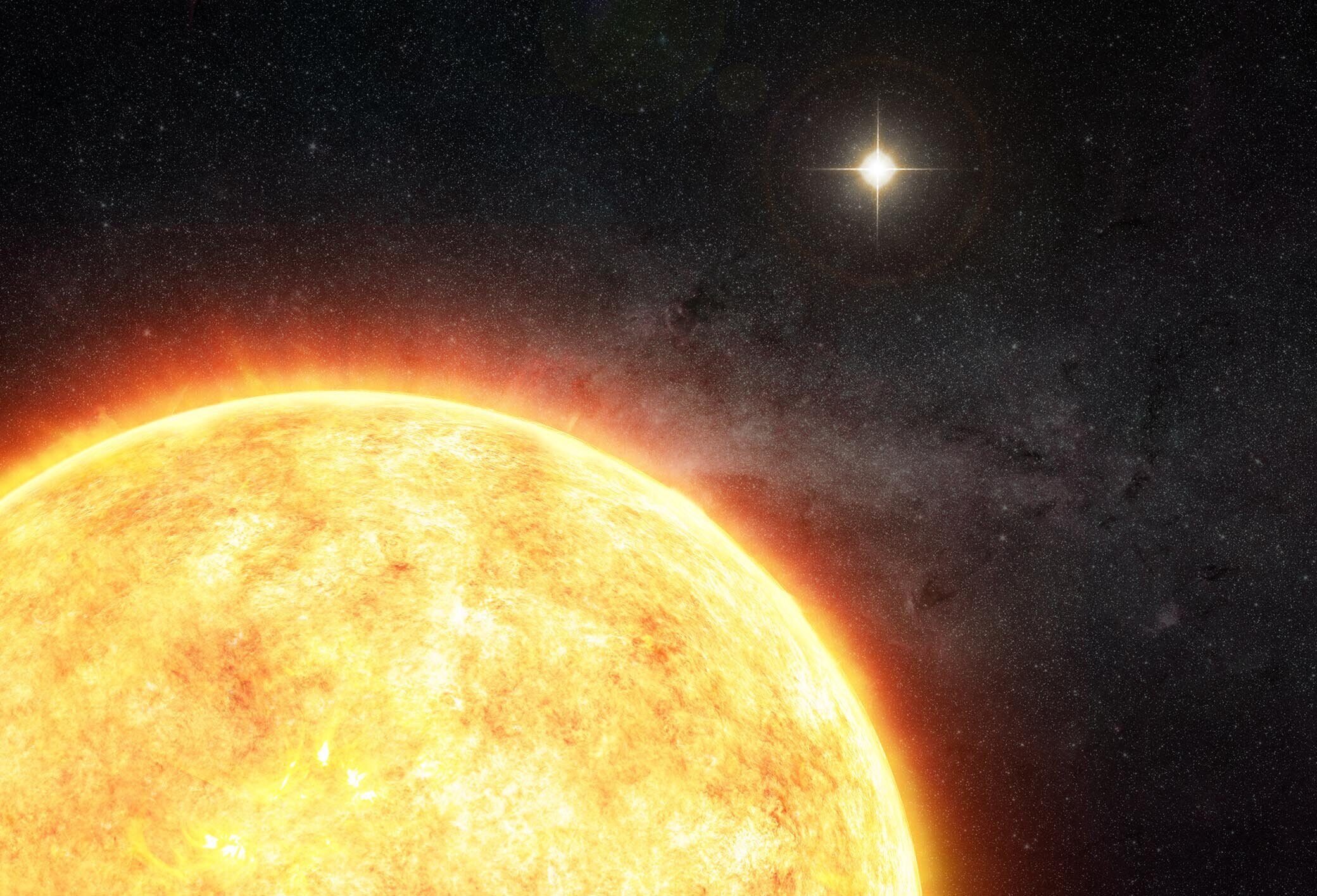
© M. WeissArtist's conception of a potential solar companion, which theorists believe was developed in the Sun's birth cluster and later lost. If proven, the solar companion theory would provide additional credence to theories that the Oort cloud formed as we see it today, and that Planet Nine was captured rather than formed in place.
Cambridge, MA - A new theory published today in
The Astrophysical Journal Letters by scientists from Harvard University
suggests that the Sun may once have had a binary companion of similar mass. If confirmed, the presence of an early stellar companion increases the likelihood that the Oort cloud was formed as observed and that Planet Nine was captured rather than formed within the solar system.
Dr. Avi Loeb, Frank B. Baird Jr. Professor of Science at Harvard, and Amir Siraj, a Harvard undergraduate student,
have postulated that the existence of a long-lost stellar binary companion in the Sun's birth cluster — the collection of stars that formed together with the Sun from the same dense cloud of molecular gas — could explain the formation of the Oort cloud as we observe it today.
Popular theory associates the formation of the Oort cloud with debris left over from the formation of the solar system and its neighbors, where objects were scattered by the planets to great distances and some were exchanged amongst stars. But a binary model could be the missing piece in the puzzle, and according to Siraj, shouldn't come as a surprise to scientists. "Previous models have had difficulty producing the expected ratio between scattered disk objects and outer Oort cloud objects. The binary capture model offers significant improvement and refinement, which is seemingly obvious in retrospect: most Sun-like stars are born with binary companions."
If the Oort cloud was indeed captured with the help of an early stellar companion, the implications for our understanding of the solar system's formation would be significant. "Binary systems are far more efficient at capturing objects than are single stars," said Loeb. "If the Oort cloud formed as observed, it would imply that the Sun did in fact have a companion of similar mass that was lost before the Sun left its birth cluster."

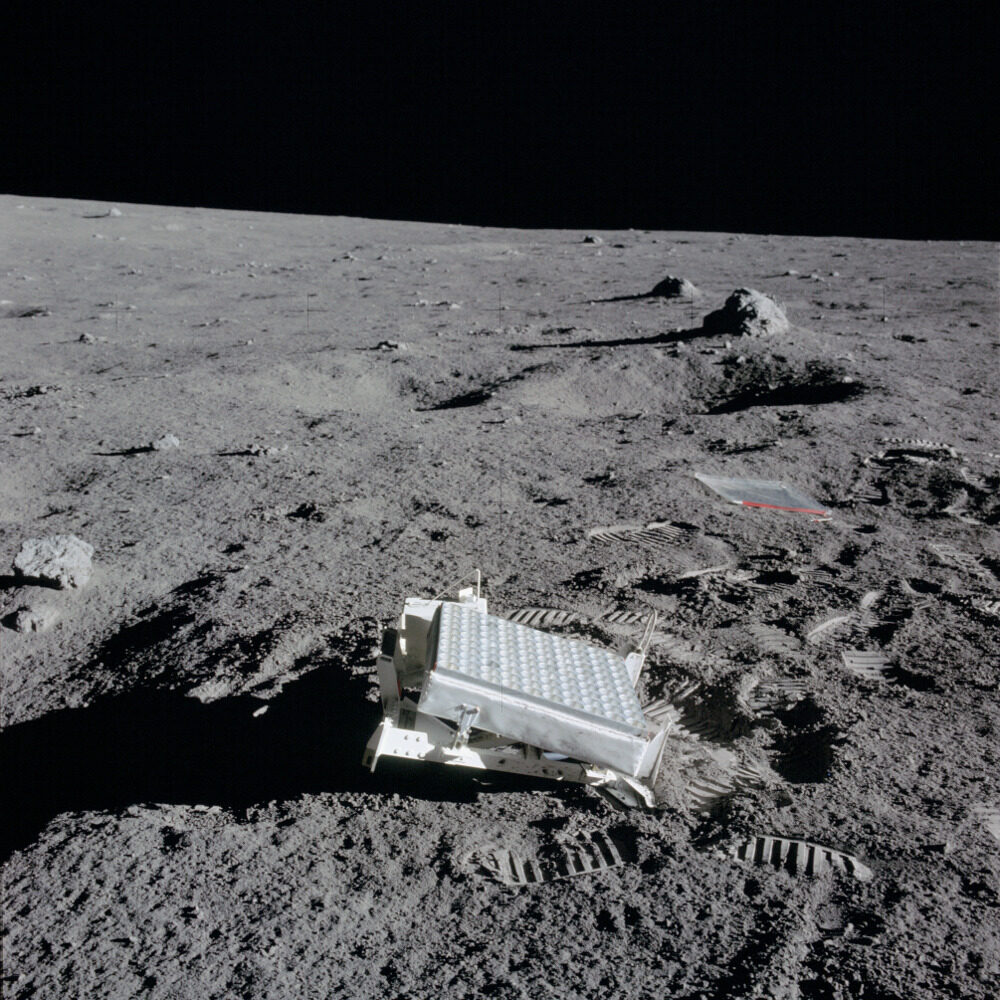
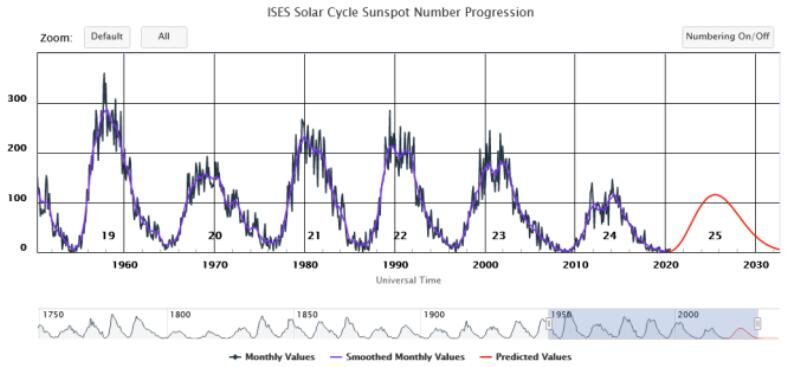
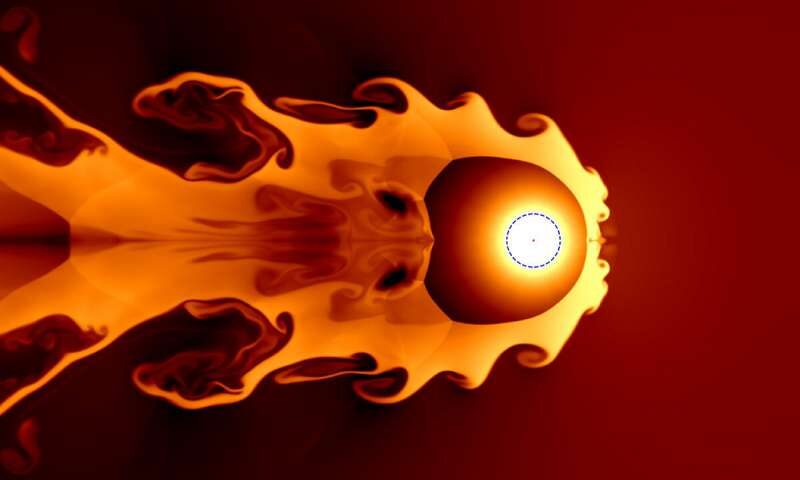




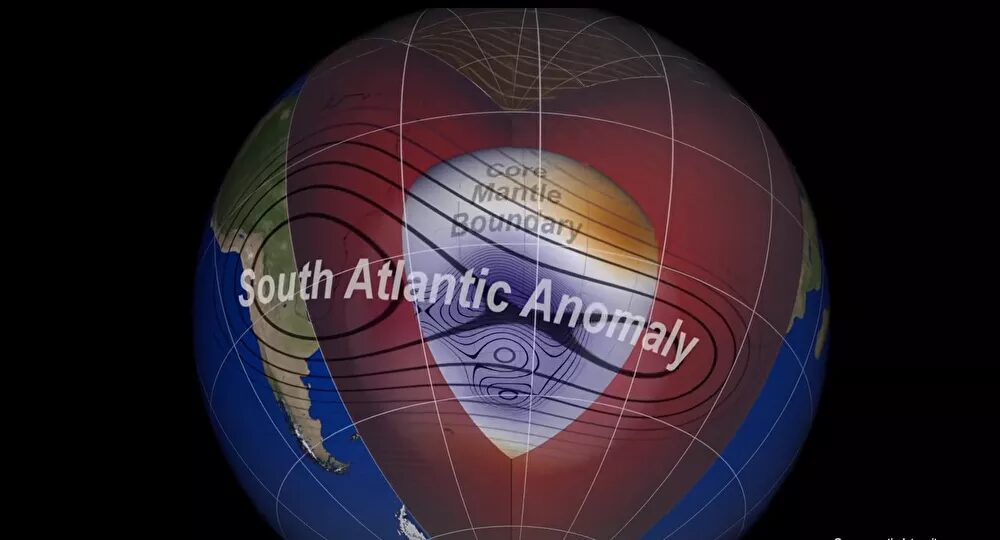




Comment: Bubbles are proving to be quite insightful when it comes to the workings of our world: Light flows like a river when shone through a soap bubble